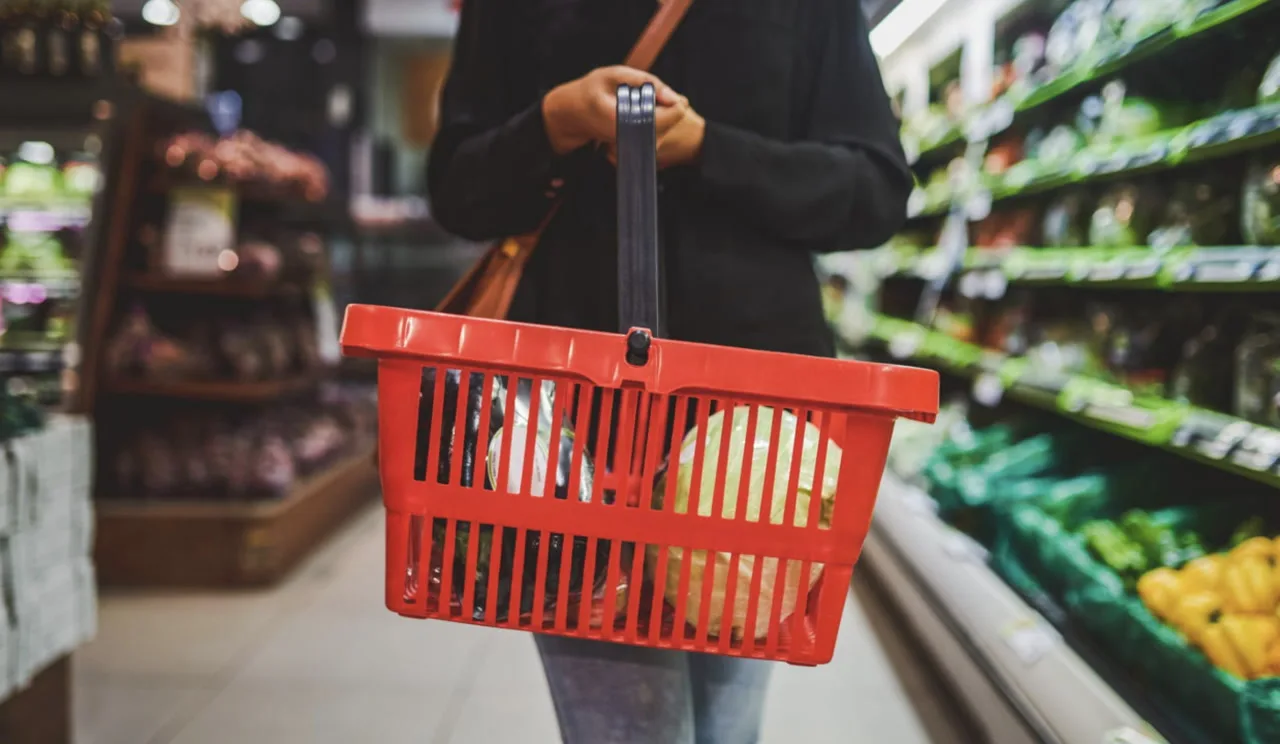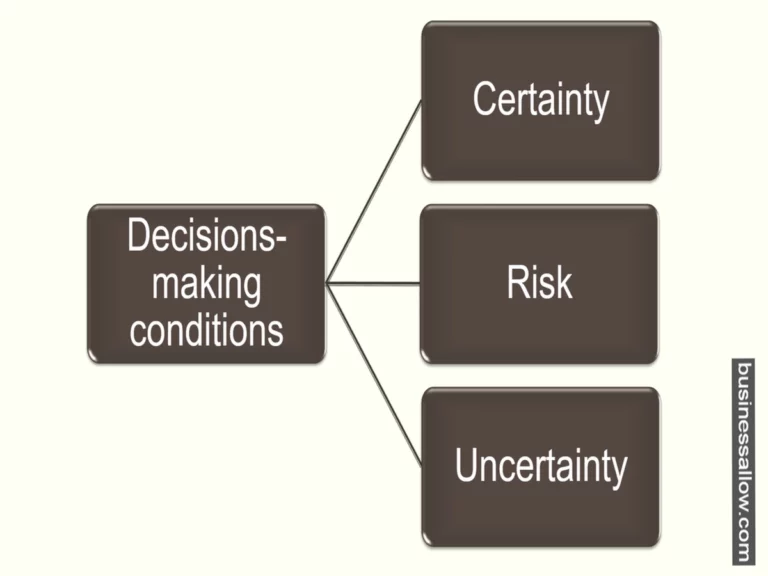Why Planning Your Grocery Cart Around Promos Can Save Big in the Long Run

Saving money at the grocery store is far more than clipping a random coupon or waiting for a major sale. Thoughtful, promo-based grocery shopping involves organizing your entire approach around recurring discounts, price drops, and rewards programs. By intentionally planning your weekly grocery cart based on what’s in season or on promotion, families and individuals can keep high-quality food on the table without feeling the strain of price hikes.
Using resources like Walmart coupons is a simple way to jump-start this method, giving quick access to discounts that can be stacked with deals already running in stores or online.
The most successful promo-based shoppers treat savings not as an occasional bonus, but as a structured process. They compare flyers, use price comparison apps, and buy in bulk when the price is right.
Small, regular savings add up, and by shopping with intention, it’s possible to reduce monthly grocery costs while still meeting dietary needs and even discovering new brands or products you may not have tried otherwise.
Unpacking the Power of Sales Cycles
Every grocery store and supermarket has a rhythm to how and when specific products go on sale. These sales cycles might follow the changing of seasons, upcoming holidays, or even manufacturer promotions, resetting every few weeks. Understanding these patterns is fundamental for grocery shoppers hoping to stretch their dollars.
For instance, it’s common to see fresh berries on sale during summer harvests, canned soups heavily discounted in autumn, and baking essentials at the lowest prices just before the holidays. By mapping out these cycles, shoppers can anticipate when to purchase staples in bulk and when to pass on deals that may not offer true value.
This approach makes it possible to stock up without impulsive splurges. Savvy shoppers track recurring promotions, designating pantry space for non-perishables purchased at their lowest price points. Not only does this result in measurable budget relief, but it also cuts down the frequency of expensive last-minute trips for pantry essentials.
Leveraging Digital Coupons and Tools
Clipping coupons has gone digital, and today’s technology makes savings fast, flexible, and far less time-consuming than the methods of years past. Digital coupon platforms, browser extensions, and retailer apps provide instant access to new deals, personalized offers, and even rebates. According to news reports following digital coupon trends, more shoppers now rely on their phones to claim and apply grocery discounts instead of paper coupons. These platforms often allow users to search by product, category, or dietary preferences, making it easy to shop for what you need when prices are lowest.
In many stores, linking your loyalty account or phone number automatically applies relevant digital promos to your purchase at checkout. Additionally, cashback apps let you photograph receipts and earn rewards for buying select items—another layer of value that accumulates over the weeks and months.
Building a Flexible Shopping List
One key element in promo-driven grocery shopping is flexibility. Sticking rigidly to a fixed list might mean missing out on excellent savings on substitute brands or products. Instead, making a weekly meal plan that can adapt according to current promos ensures that nutrition and variety remain priorities, even as the list shifts to accommodate deals. For example, if chicken thighs are heavily discounted but breasts aren’t, recipe swaps allow you to take advantage of the lower price.
Flexibility extends to brand loyalty. Choosing store brands instead of national labels when they are on special frequently yields significant savings on basics like pasta, canned goods, or dairy, without a notable difference in quality. Over time, developing an instinct for which swaps are satisfactory and which are worth skipping becomes second nature for experienced promo-based shoppers.
The Role of Rewards and Loyalty Programs
Most grocery retailers entice shoppers with membership or loyalty programs, rewarding repeat business with personalized deals, points, cash back, or exclusive discounts. Regularly engaging with these programs gives access to extra coupon offers and can unlock early access to sales events, free products, or cash discounts applied directly at checkout. Shoppers who use these loyalty programs report saving up to 15% on average compared to those who simply shop off the shelf.
Maximizing Rewards in Everyday Shopping
Sign up for loyalty programs at grocery and drugstores you visit most frequently to start building rewards immediately.
- Always present your rewards card or input your phone number at every visit to make sure you never miss out on deals or points.
- Stack loyalty rewards with manufacturer coupons and in-store specials for combined savings.
- Pay attention to personalized discounts, which are often based on your purchase history and can align with your household’s real needs.
Over the course of a year, these strategies can result in a substantial “bonus” cupboard for your household, or fund special treats and holiday feasts without extra spending.
Technological Advancements That Help Save
Recent advances in shopping technology are making it easier for anyone to become a strategic saver. Mobile apps and browser tools can integrate your shopping list with store ads, scan barcodes for price comparisons, or alert you when an item on your list hits a record low. According to a recent technology news feature on digital shopping, more consumers than ever are automating their deal-finding and list-building processes.
With features like automatic receipt scanning for instant cash back, geo-targeted deals at nearby stores, and real-time notifications for flash sales or expiring coupons, shoppers are more empowered than ever. These tools save money and time, reduce stress, and help households stick to healthy habits by keeping nutritious options affordable and top-of-mind.
The Long-Term Impact on Personal Finance
Long-term savings from promo-based grocery shopping are more than pulling off a great deal once or twice. A consistent process—buying in cycles, personalizing coupon use, stacking rewards, and staying flexible—compounds over time. For many families, this can mean freeing up hundreds, even thousands, of extra dollars each year to redirect toward bigger goals such as debt reduction, savings, or special experiences.
Over time, these habits reinforce greater mindfulness about budgeting, meal planning, and consumption. As you become more aware of price trends and more intentional in your spending, waste decreases and satisfaction increases. Promo-based shopping becomes a keystone habit for overall financial health and resilience.
Staying Informed and Adapting Your Approach
The most successful shoppers treat promo-based grocery savings as an ongoing practice. They read circulars for updates, subscribe to grocery blogs, and learn about new app features or flash sale schedules. The world of retail changes quickly: digital loyalty programs, new rebate apps, and store-specific promotions emerge every year. By staying informed and flexible, shoppers position themselves to seize fresh savings opportunities as soon as they arise.
Regularly reviewing receipts, sharing tips with friends, and connecting with online savings communities helps you keep your strategy sharp. Adapting your approach a few times per year—adding new tools, trying different stores, or revamping your meal plan strategy—can help you continue achieving your financial goals in an evolving marketplace.
Final Thoughts on Smart Promo-Based Shopping
Planning your grocery cart around promos is more than a budgeting tactic—it’s a holistic approach to smart, healthy, and mindful living. From using coupons to integrating technology and loyalty programs, every step feeds into a system that rewards patience and preparation. The key is consistency: a little planning before each shopping trip cultivates financial stability, sparks greater culinary creativity, and carries benefits that echo far beyond the checkout line.
Read More From https://businessallow.com/






